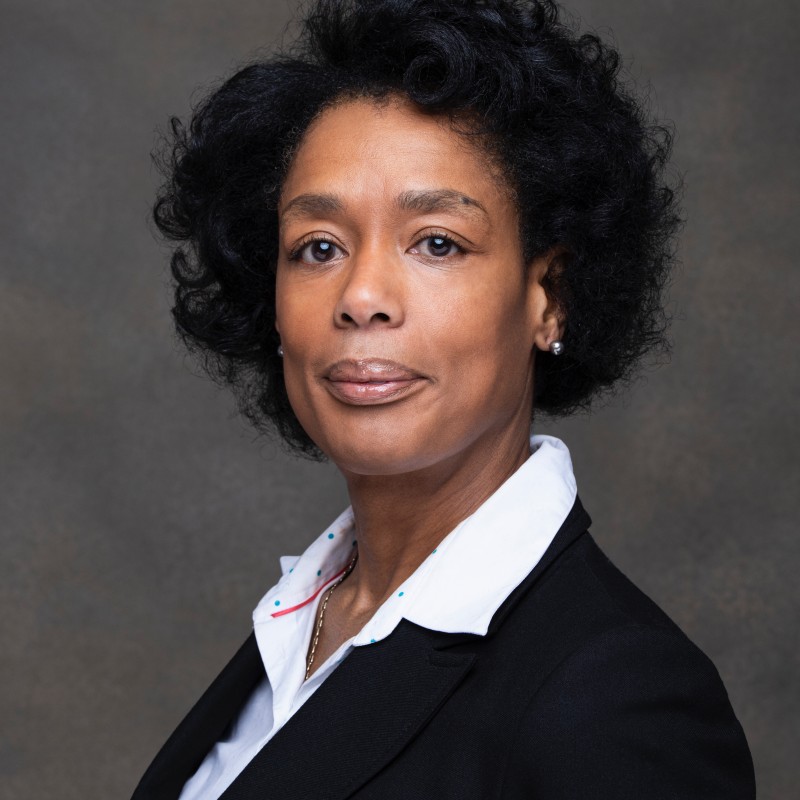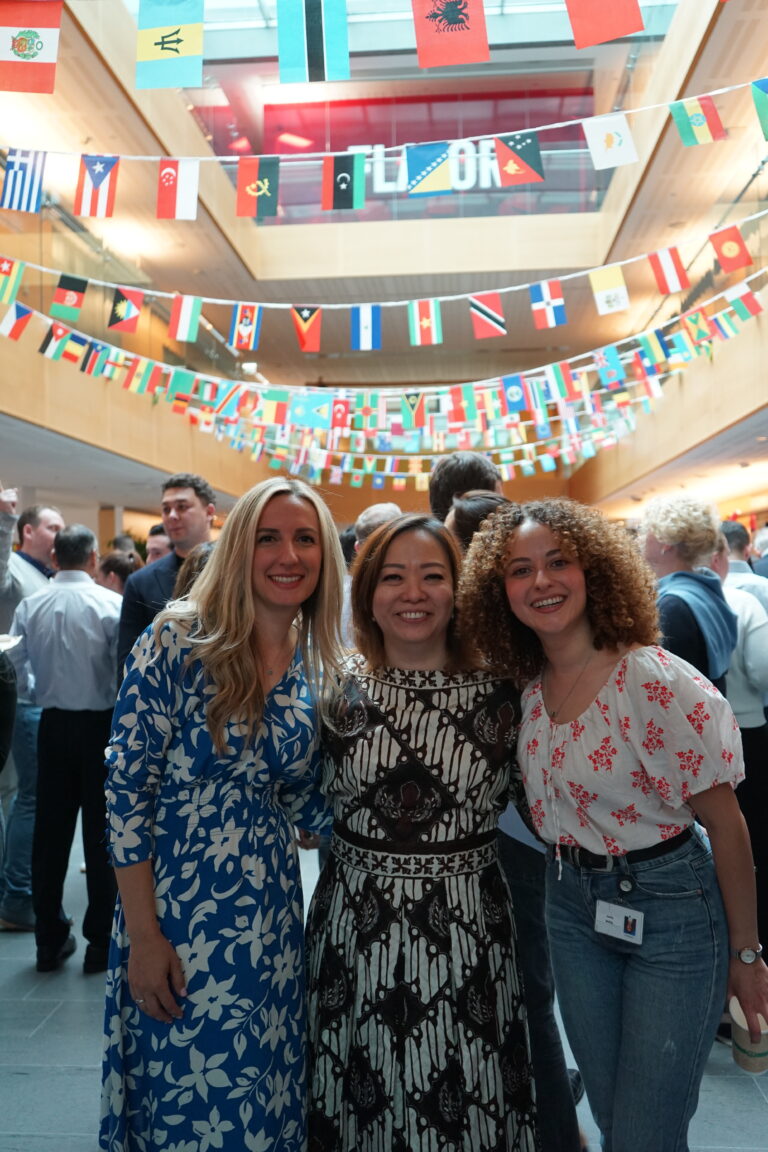
Hear at our INCLUSION Festival Dianne Greyson, a campaigner who established the #EthnicityPayGap Campaign in 2018, to make it a legal requirement for companies to both report on and address pay disparity based on race.
The campaign also encourages organisations to remove the systemic practices and cultural reasons that generate and maintain pay inequality for some people of colour.
Last year Dianne’s work was recognized by UN Women UK when she won the Grass Roots Campaigner Award. She has produced research on the impact of the ethnicity pay gap for black women in 2022 and also contributed to two reports produced by the Fawcett Society. She is Managing Partner of Synergised Solutions, Non-Exec Director of Spktral and Director of Equilibrium Mediation Consulting.
Here, Dianne discusses ethnicity pay disparity – a story she originally published through her LinkedIn network.
“As the founder of the #EthnicityPayGap Campaign, I have researched this topic many times. The research focuses on the pay difference in percentages. There have been many articles written about the percentage difference between, Black and White employees, or Bangladeshi women versus White men etc. The focus is generally on the number and not hardly on the people it affects.
“My question is this, should we be talking about pay disparity rather than pay gap? The Encyclopedia of Social Work has a good description of disparity; The term disparity can refer to unequal treatment or outcomes, for different groups in the same circumstances, or at the same decision point. An example of this could be when a disparity occurs when you hire a large percentage of Black, Asian or other minoritised groups of people at the lower end of your business, or have little or no representation at middle management level/Board level.
“An interesting discussion happened at a Board meeting I was in a couple of days ago. As some of you might be aware, I am the Non-Exec Director of Spktral who are experts in pay gap data analysis. We were discussing the need for organisations to spend less time focusing on the % number and look more closely at the representation in their organisation. There could be a reason why your Ethnicity Pay Gap numbers don’t add up. People need to look at where their ethnic colleagues are situated in the company. Are organisations making efforts to bring diverse talent into their organisation, or are they prohibiting them from moving up the business ladder? There is research out there that suggests both situations occur. Even my research which I co-authored with Susan Baker, Impact of the Ethnicity Pay Gap on Black Women, evidences both scenarios. What does this show us? Some organisations may have challenges hiring staff from an ethnic background or some are choosing not to do so causing pay disparity.
“The reason I was drawn to Spktral was its ability to recognise the people behind the number. Not only that, but they get their clients to recognise the people behind the number. Recognising that it is important to know where their people are, and what their roles are. By doing so they can recognise why their Ethnicity Pay Gap exists. It might be that they have to review their talent strategy, this will lend itself to reviewing recruitment practices and promotional practices ensuring everyone is treated fairly. It could also mean you need to get rid of any ‘barrier bosses’ (a term coined by Shabna Begumco-CEO of Runnymede). These bosses block the progression of their ethnic employees. Organisations that are not willing to fire ‘barrier bosses’ will inevitably create a culture of behaviour that is dangerous to the organisation.
“It is important to know what the % number is but it is also very important to recognise where the disparities lie in your organisation. Dealing with this issue is not a one-size-fits-all approach and it would be prudent for organisations to recognise that analysis into the Ethnicity Pay Gap should be undertaken in a manner that recognises the talent and skills you have in your organisation, and how they’re being valued and nurtured.
“Don’t be afraid to take the first step, and don’t panic if it reveals some shocking revelations in the first instance. Take action on the evidence in your analysis and create an action plan to resolve any Ethnicity Pay Gap issues you may have.”
Hear Dianne at Diversity Network’s INCLUSION Festival on 3 July – register for your ticket here: https://diversity-network.com/inclusion-registration/
This article was written and published by Dianne Greyson. Source: https://www.linkedin.com/pulse/ethnicity-pay-disparity-dianne-greyson-lvrve/





